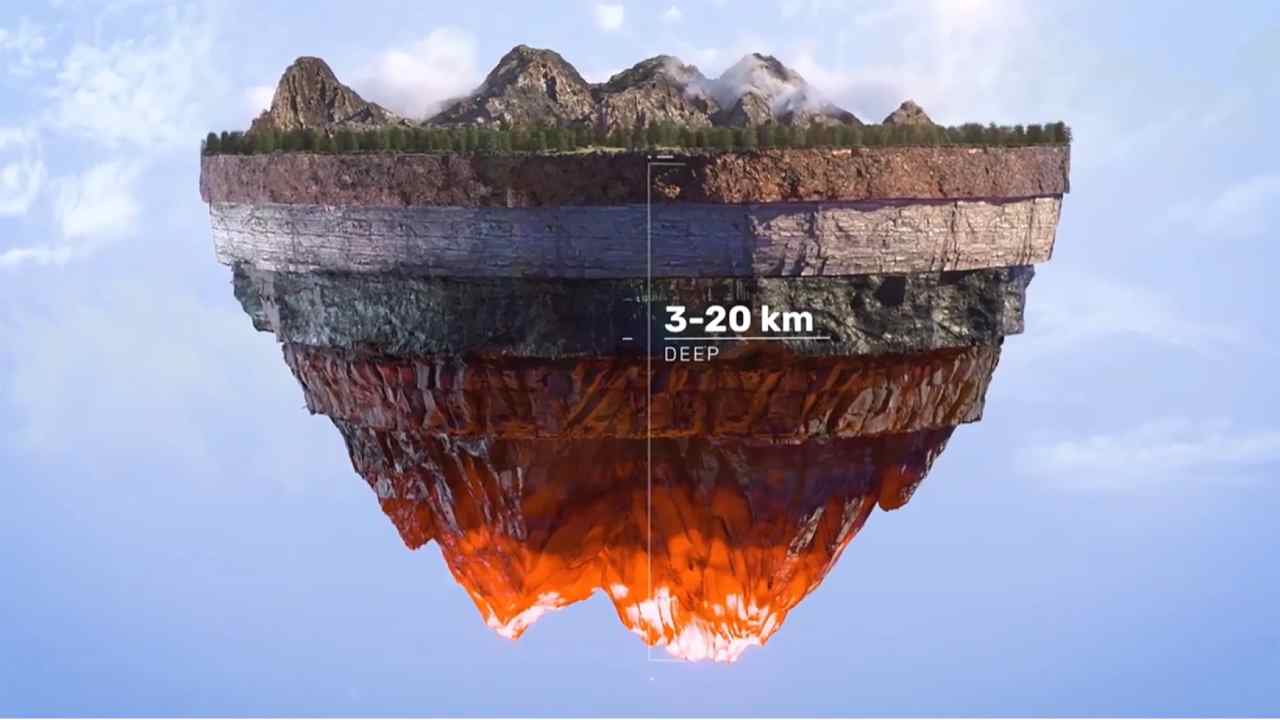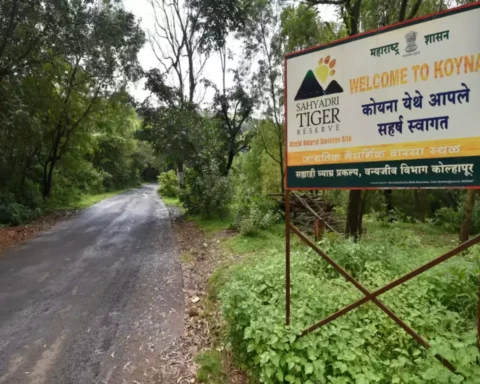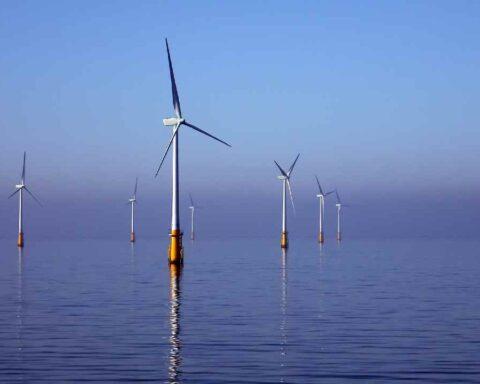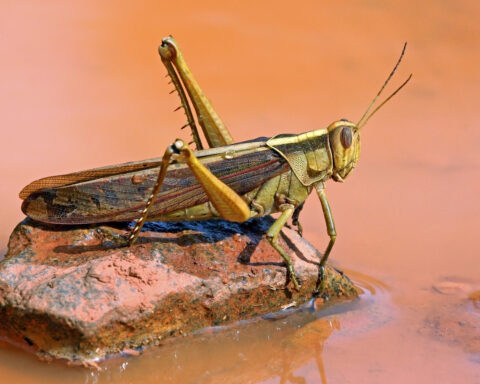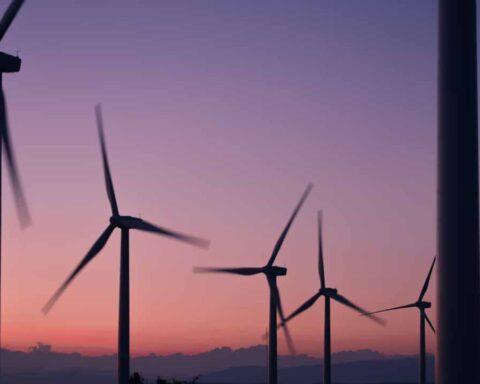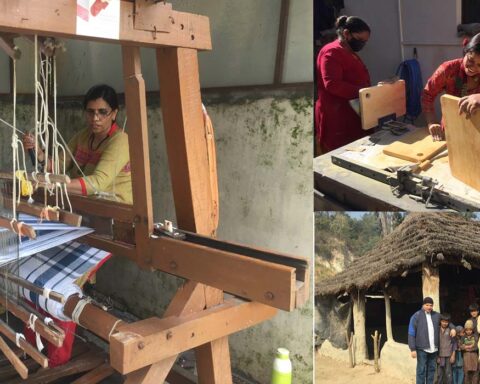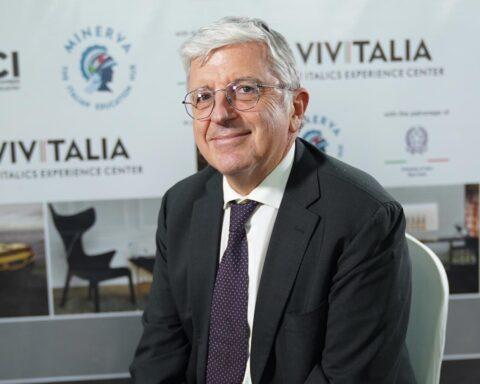Quaise Energy, an energy company into geothermal energy, has plans to dig deeper into the Earth than ever before to bring renewable energy to the masses. Launched in 2020, the MIT spin-off company has managed to raise a total of $63 million in funding.
The Boston-based company has said that it wants to use its pioneering drilling practices – based on a technology developed by Paul Woskov of MIT – to tap into Earth’s natural geothermal energy. If Quaise succeeds in its mission, the end result will be a fully renewable and easily accessible source of energy for a large population.
The company said it intends to drill deeper in the centre of the earth, where the rock temperature is around 932°F (or 500°C). “Geothermal does not require any fuels and does not produce any waste. It’s truly renewable, abundant, and equitable for all, even in the most challenging energy environments,” the company’s website writes.
Earlier, Russia had the deepest hole in the world. Known as Russia’s Kola Super Deep Borehole, this hole measures a maximum of 12.3 kilometres and it took 20 years to drill that hole. Quaise Energy wants to drill a distance of about 20 kilometres, which was previously considered impossible.
Quaise said that its hybrid drilling rig, which utilises a traditional rotary head to get through softer material and a high-energy beam to melt tougher stuff, can drill up to 12.4 miles in just 100 days.
According to a report by New Atlas, a depth of 12 miles can easily provide access to long-term green energy supply to any location in the world.
“Deep geothermal uses less than 1 percent of the land and materials of other renewables, making it the only option for a sustainable clean energy transition,” Quaise writes on its website.
Quaise CEO and Co-founder Carlos Araque told New Atlas that while solar and wind energy is easier to access, the problem is that “there is not enough of it to power the civilisation we have created with fossil fuels.”
He added that accessing geothermal energy instead “is a solution that can work for 95 percent of humanity.”
Quaise hopes to get its drilling devices operating in the field within the next two years and to have a working system producing power by 2026. And by 2028, the company hopes to be able to transform coal-fueled power stations into steam-fueled facilities, according to Science Alert.

